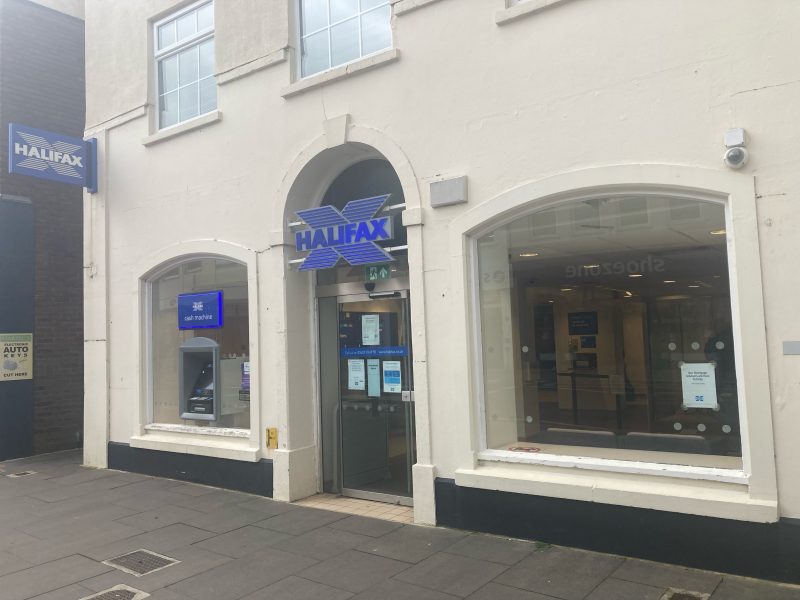KEYNSHAM is set to lose its last bank branch early next year.
The Halifax in the High Street is due to shut permanently on January 14, 2025, although the closure might be delayed until March.
Meanwhile, LINK, the UK’s cash access and ATM network, has announced that town is to get a new banking hub as part of a wider commitment to protect access to cash.
Banking hubs are a shared banking space, similar to a traditional bank branch but available to everyone.
The hub will consist of a counter service operated by Post Office employees, where customers of any bank can withdraw and deposit cash, make bill payments and carry out regular banking transactions.
Staff from different banks will be available on different days.
To date, LINK has recommended 117 banking hubs, and there are currently 37 banking hubs up and running in the UK.
The Keynsham banking hub will now be delivered by Cash Access UK, which will engage with the local community and start to look for potential sites. The hub will likely open in 12 months’ time.
Nick Quin, LINK’s head of financial inclusion, said: “We are pleased to recommend this new banking hub for the local community in Keynsham.
“Many people are reliant on cash, and it is essential that we preserve access to cash and the opportunity for basic banking for communities across the UK.
“We are certain that this new hub will secure these services for the residents of Keynsham.”
Halifax says of the Keynsham branch closure: “Most customers are now using our mobile app, internet banking or calling us instead, which means they are using branches, including the Keynsham branch, much less.”
Its statistic shows that that the number of in-person transactions at the branch has fallen by 56% in the past five years, with cash machine transactions down by 25%.
A total of 393 customers used counter services at the Keynsham branch or the Immediate Deposit Machine (IDM) four times in the six months ending November 2023.
People using the branch tend to be older, comprising 35% of those aged 55 to 74 and 20% of those over 75. Just 16% are aged 18 to 34.
Halifax said: “Our community banker will be at the banking hub one day a week, so you can come in and do your banking in person.
“We’ll update our website with the hub address, opening times and when our community banker will be there, when this information becomes available.
“To give the banking hub time to get up and running, we may delay the closure of the branch until March 2025.”
Keynsham to lose its last bank


